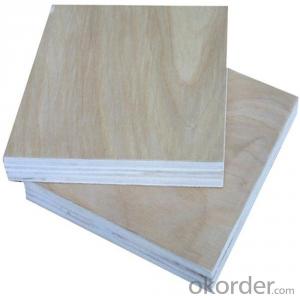When you think of plywood, the first thing that comes to mind is probably the traditional plywood you’ve seen in hardware stores for years. But there’s a new kid on the block, and it’s making waves in the construction and design industries. It’s called OSB, which stands for Oriented Strand Board, and it’s quickly becoming a popular alternative to traditional plywood.
What is OSB Plywood?
OSB plywood is a type of engineered wood product made from strands of wood that are arranged in specific orientations. These strands are then bonded together with a durable adhesive to create a strong and stable material. Unlike traditional plywood, which is made from thin layers of wood veneer, OSB is made from larger wood strands, giving it a more textured appearance.
Benefits of OSB Plywood
One of the main benefits of OSB plywood is its strength. It’s incredibly durable and can handle a lot of weight, making it perfect for construction projects. It’s also resistant to moisture, which means it can be used in outdoor projects without worrying about it warping or rotting. And because it’s made from wood strands, it’s more environmentally friendly than traditional plywood, as it uses less wood and produces less waste.
How is OSB Plywood Made?
The process of making OSB plywood is quite fascinating. It all starts with the selection of wood strands. These strands are then dried and treated with a water-resistant adhesive. The adhesive is what gives OSB its strength and durability. Once the strands are treated, they are arranged in layers, with each layer oriented at a 90-degree angle to the one below it. This creates a cross-pattern that adds to the strength of the material. After the layers are arranged, they are pressed together under high pressure to form a solid sheet of OSB plywood.
Uses of OSB Plywood
OSB plywood has a wide range of uses, from construction to furniture making. It’s commonly used as a subfloor in homes, as well as for roof sheathing and wall sheathing. It’s also great for making furniture, as it can be easily cut and shaped. Plus, it’s more affordable than traditional plywood, making it an attractive option for DIY projects.
The Environmental Impact of OSB Plywood
As I mentioned earlier, OSB plywood is more environmentally friendly than traditional plywood. It’s made from wood strands that would otherwise be considered waste, so using OSB helps to reduce the amount of waste in the wood industry. Additionally, because it’s made from smaller pieces of wood, it requires fewer trees to be cut down, which is great for the environment.
Comparing OSB Plywood to Traditional Plywood
When comparing OSB plywood to traditional plywood, there are a few key differences to consider. OSB is generally more affordable, which can be a big plus for those on a budget. It’s also more resistant to moisture, making it a better choice for outdoor projects. However, it does have a more textured appearance, which some people may not prefer. Traditional plywood, on the other hand, has a smoother surface and is often considered more aesthetically pleasing.
Why Choose OSB Plywood?
So, why should you choose OSB plywood over traditional plywood? There are several reasons. First, it’s more affordable, which can be a big advantage for those on a tight budget. Second, it’s more durable and resistant to moisture, making it perfect for a variety of projects. And third, it’s more environmentally friendly, which is a bonus for those who want to reduce their environmental impact.
In conclusion, OSB plywood is a fantastic alternative to traditional plywood. It’s strong, durable, and affordable, making it a great choice for a wide range of projects. Whether you’re building a house, making furniture, or just looking for a more sustainable option, OSB plywood is definitely worth considering.

